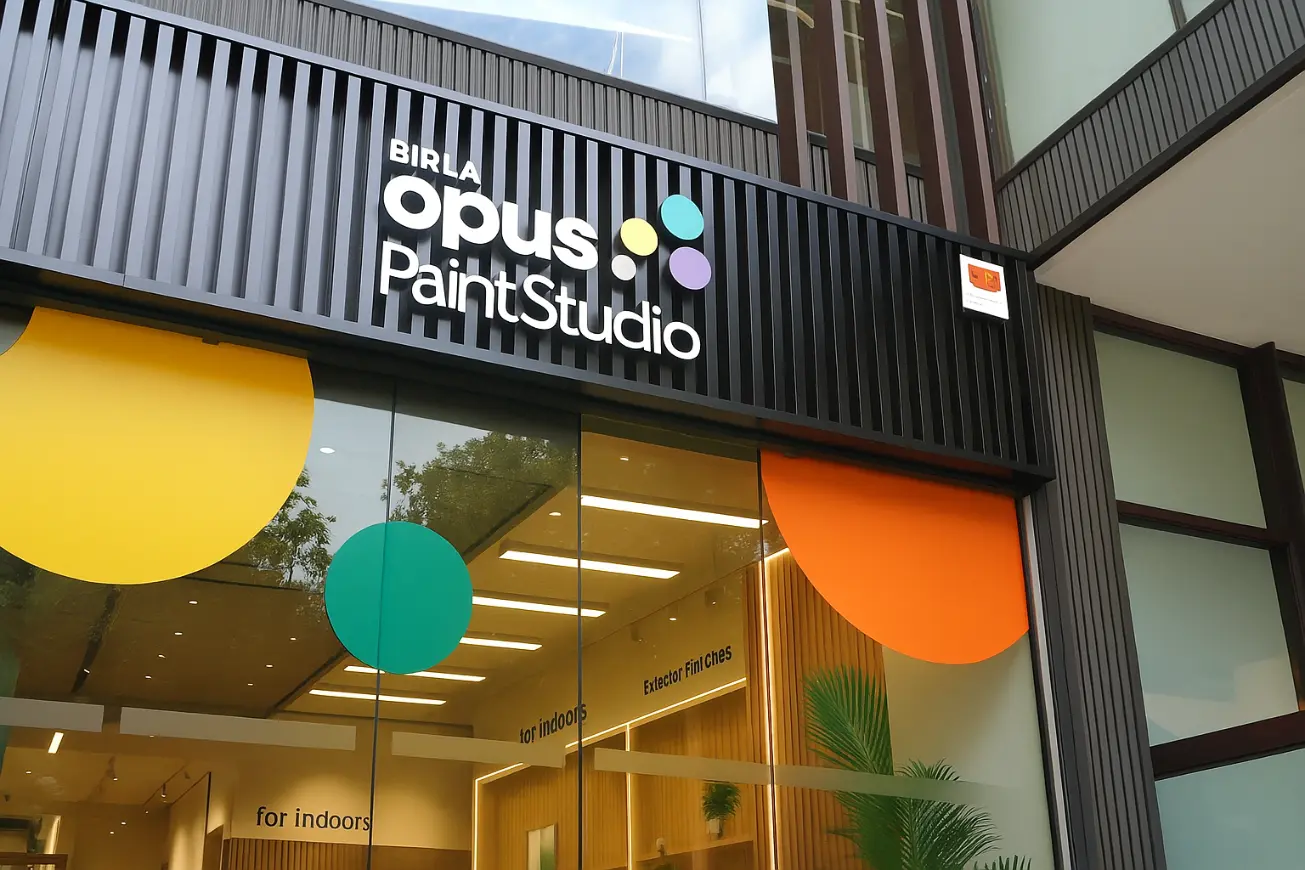Discover how facade shading systems can significantly impact energy efficiency and occupant comfort in buildings. This article explores the various types of shading systems, their importance in reducing energy consumption, and how they contribute to a more sustainable built environment. By understanding the principles of solar shading and its application in building design, we can create more energy-efficient and comfortable spaces for occupants.
Understanding Shading Systems
What are Shading Devices?
Shading devices are architectural elements integrated into the facade design of a building to control the amount of solar radiation that enters. These devices are strategically positioned to reduce solar gain, minimizing the need for excessive cooling energy, thus promoting energy savings. The primary function of a shading device is to mitigate glare and optimize daylight, improving visual and thermal comfort for occupants. Effective shading design considers the building’s orientation and climate to ensure that the shading system maximizes energy performance. By reducing direct sunlight, shading devices also help minimize the workload of HVAC systems, leading to improved energy efficiency and comfort in buildings. These systems range from simple overhangs to sophisticated movable shading systems that can be adjusted based on the sun’s position and intensity, further enhancing energy efficiency.
Types of Shading Systems for Facades
Various types of shading systems exist, each designed to manage solar energy and enhance energy-efficient building practices. Movable shading options allow for dynamic control, adjusting to optimize daylight and reduce glare, providing enhanced thermal and visual comfort for occupants. Smart shading systems use control strategies to automate shading based on real-time conditions, maximizing energy savings. Smart windows incorporating smart materials can also adjust their transparency in response to sunlight, further reducing energy consumption. The choice of shading system depends on the building design, climate, and desired level of control, all contributing to improved energy performance and sustainability.
| Type of Shading | Description |
|---|---|
| External Shading | Installed on the building facade to intercept solar radiation before it reaches the glazing, minimizing solar gain and reducing cooling energy. Examples include blinds, louvers, and overhangs. |
Importance of Solar Shading
Solar shading plays a crucial role in enhancing energy efficiency and occupant comfort in buildings. By effectively managing solar energy, solar shading systems reduce energy demand and minimize reliance on artificial light, leading to significant energy savings. Improved energy performance is achieved by reducing solar gain, which lowers the need for extensive cooling, thereby decreasing building energy consumption. Facade design that incorporates solar shading contributes to improved thermal and visual comfort, creating a more pleasant and productive office space. Proper solar shading also mitigates glare, enhancing occupant comfort and overall well-being. Moreover, the use of solar shading systems aligns with sustainability goals, promoting a more environmentally friendly approach to building design and reducing the environmental impact of building energy use. By optimizing daylight and minimizing solar heat, solar shading is essential for creating an energy-efficient and comfortable indoor environment.
The Role of Facades in Energy Efficiency
Building Envelope and Energy Consumption
The building envelope, which includes the facades, plays a pivotal role in managing energy consumption and enhancing energy efficiency. Proper shading design and the integration of a high-performing facade system, such as solar shading systems, can significantly reduce building energy consumption. Facades that incorporate effective shading devices limit solar gain, decreasing the need for extensive cooling energy and reducing reliance on HVAC systems. By carefully selecting materials and designing shading solutions, it is possible to optimize the building envelope to minimize energy demand. Addressing building energy use through thoughtful façade design is essential for creating energy-efficient building practices and reducing environmental impact. Implementing effective facade shading supports improved energy performance and aligns with sustainability goals, contributing to a more environmentally conscious and efficient building design. Proper insulation within the building envelope, combined with effective shading, ensures a significant reduction in energy waste.
Architectural Design and Shading
Architectural design is inextricably linked to the effectiveness of shading strategies and overall energy efficiency. Integrating solar shading into the facade design not only enhances energy performance but also contributes to the aesthetic appeal of the structure. The use of shading devices, such as overhangs, louvers, and external shading systems, requires careful consideration during the design phase. The orientation of building facades, climate conditions, and the desired level of daylight all influence the choice of shading system. Effective architectural design considers the placement and type of shading device to optimize solar energy management, reduce glare, and improve thermal comfort for occupants. Shading systems must balance the need for daylight with the need to reduce solar gain, achieving a harmonious blend of functionality and aesthetics. Incorporating smart materials and control strategies further refines shading design to enhance energy efficiency and occupant comfort.
https://aecord.com/professionals/meghna-srivastava/?v=13b5bfe96f3e
Enhancing Comfort and Energy Efficiency
Implementing effective shading systems is key to enhancing both occupant comfort and energy efficiency. By controlling solar radiation and optimizing daylight, shading devices create more comfortable indoor environments. Effective solar shading design reduces glare and minimizes solar gain, lessening the workload on HVAC systems and reducing energy consumption. Occupant comfort is also improved by maintaining consistent indoor temperatures and providing ample natural light. Smart shading systems and smart windows can automate adjustments to maximize energy savings while maintaining optimal comfort levels. Solar shading systems also contribute to improved thermal and visual comfort by reducing the need for artificial light, leading to energy savings and enhanced occupant well-being. Prioritizing comfort and energy efficiency through thoughtful facade design aligns with sustainability goals and promotes more energy-efficient building practices in office spaces and commercial buildings.
Benefits of Energy-Efficient Facades
Impact on Indoor Thermal Comfort
Energy-efficient facades, incorporating advanced shading systems, offer a transformative impact on indoor thermal comfort. By effectively managing solar radiation, these facade designs minimize temperature fluctuations and create a more stable and comfortable indoor environment. Advanced shading device placement and innovative shading designs enhance the control of solar energy entering the building, reducing the need for excessive cooling energy. Proper solar shading reduces glare and prevents overheating, ensuring optimal thermal and visual comfort for occupants, ultimately creating a more pleasant and productive office space. Smart shading and smart windows also contribute to better ventilation and balanced daylight, improving overall well-being. The careful design of energy-efficient buildings with effective shading designs ensures a healthier and more comfortable environment for all occupants.
Sustainability in Building Design
Sustainability in building design is greatly enhanced by the integration of energy-efficient facades. These façades incorporate shading system strategies that minimize energy consumption and reduce the environmental impact of buildings. By utilizing external shading and smart shading technologies, building energy demand is significantly decreased, leading to energy savings and promoting environmental responsibility. The design of sustainable buildings utilizes smart materials and effective control systems to optimize energy performance and reduce reliance on artificial light. Prioritizing energy efficiency through innovative façade designs aligns with sustainability goals and contributes to a greener built environment. Incorporating energy generation technologies, such as solar panels into the facade, enhances sustainability. The implementation of sustainable facade designs reflects a commitment to responsible building practices and environmental stewardship.
https://aecord.com/professionals/harinadha-reddy-d/?v=13b5bfe96f3e
Smart Shading Solutions
Smart shading solutions are at the forefront of enhancing energy efficiency and occupant comfort in modern building design. These advanced shading systems utilize automated control strategies to optimize solar energy management, creating a dynamic response to changing environmental conditions. Smart shading devices, such as smart windows and movable shading, automatically adjust to maximize daylight while minimizing solar gain. Control systems monitor sunlight intensity and adjust shading parameters in real-time, ensuring optimal thermal and visual comfort for occupants. Energy savings are achieved through reduced reliance on artificial light and HVAC systems, leading to lower building energy consumption. Smart shading solutions contribute to improved energy performance and create a more sustainable and comfortable office building environment. The use of smart shading technology reflects a forward-thinking approach to building design, enhancing both sustainability and occupant well-being.
Implementing Shading Systems in Office Buildings
Design Considerations for Office Space
When designing office spaces, several factors must be considered to optimize energy efficiency and occupant comfort. Effective shading design is paramount, impacting building energy consumption and the need for artificial light. Building facades should integrate shading devices that minimize solar gain, thereby reducing cooling energy use. The orientation of the office building plays a significant role in determining the type and placement of external shading. It is essential to conduct thorough energy simulation to evaluate the energy performance of different shading solutions. Furthermore, ensuring adequate ventilation and access to natural light is crucial for creating a productive work environment. Proper shading is important for comfort in buildings. By prioritizing energy savings through thoughtful facade design, office space can be both energy-efficient and comfortable.
Automating Shading for Improved Efficiency
Automating shading through control systems is critical for improved energy efficiency in office buildings. Smart shading solutions use sensors and algorithms to dynamically adjust shading system positions, maximizing daylight penetration while minimizing solar radiation and solar gain. By automating blinds and movable shading, we can significantly reduce energy consumption related to lighting and HVAC systems. Control strategies can be programmed to respond to real-time weather conditions and occupant preferences, further enhancing comfort and energy efficiency. Integrating smart windows with automated shading provides a comprehensive approach to solar energy management. These smart building systems not only contribute to sustainability but also enhance thermal and visual comfort. Implementing automated shading ensures that buildings operate at peak energy performance, reducing building energy use and promoting a more environmentally friendly and productive office space.
Case Studies in Office Facade Design
Examining case studies of office facade design reveals innovative approaches to enhance energy efficiency and promote occupant comfort. One example involves a building that incorporates dynamic external shading elements that track the sun’s movement, optimizing solar shading to reduce solar gain. The facades feature automated movable shading, allowing for precise control over daylight and glare. In another case, an office building utilizes smart materials in its glazing, adjusting transparency to minimize cooling energy demands. These systems significantly reduce energy consumption. These smart shading solutions demonstrate how architectural ingenuity and technological innovation can combine to create high-performance building facades. The success of these projects underscores the importance of integrating energy-efficient building strategies into the initial stages of building design, ensuring optimal thermal comfort and minimizing environmental impact. Comfort in buildings should be a central design tenet.
Conclusion
Sun-shading facades are a smart way of combining comfort, style, and sustainability in everyday life. Instead of relying only on heavy air conditioning or artificial lighting, these facades allow buildings to breathe naturally by letting in daylight while blocking out excess heat. This means cooler homes in the summer, reduced electricity bills, and a healthier indoor environment for families. At the same time, they make buildings look modern and attractive, proving that design can be both beautiful and practical. The benefit is clear—you get spaces that are brighter, more welcoming, and cost-effective to maintain. In the bigger picture, sun-shading facades also support our collective responsibility toward the environment by lowering energy use and reducing carbon footprints. Whether it’s for a home, office, or commercial building, investing in sun-shading facades is truly about creating a future where architecture works with nature to improve our quality of life.
Access Professional Advice
https://aecord.com/professionals/nagaraj-k/?v=13b5bfe96f3e
https://aecord.com/professionals/arunkumar-shambu/?v=13b5bfe96f3e







